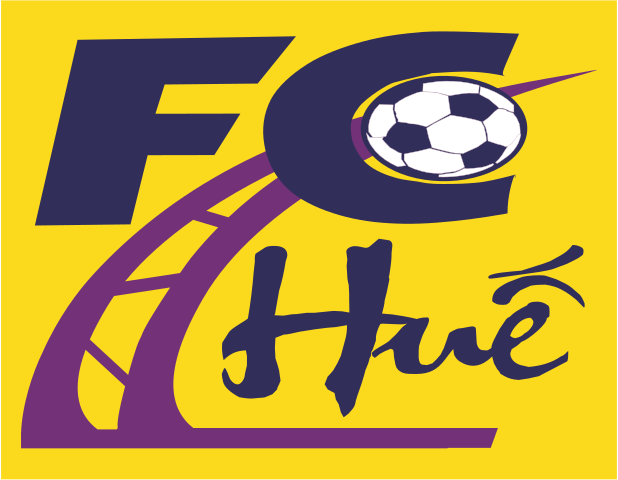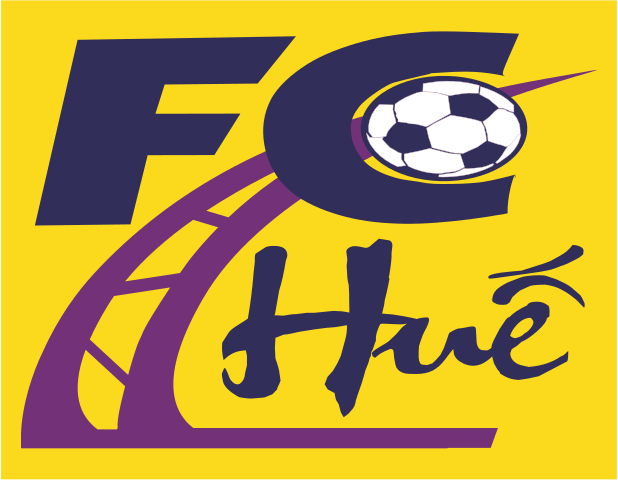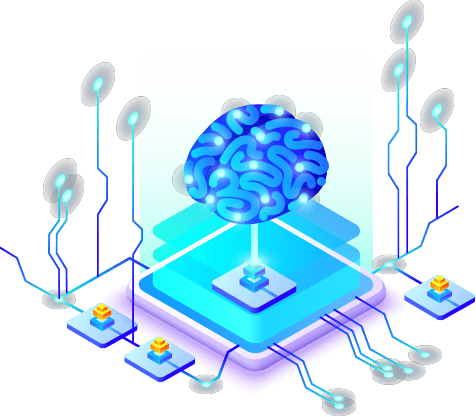The global Data Annotation And Labelling industry is a complex, human-centric ecosystem that serves as the crucial starting point for nearly all modern artificial intelligence development. This industry is not just a collection of software companies; it is a global network that combines advanced technology with a massive, distributed human workforce to transform raw data into a structured format that machines can learn from. The health and efficiency of this ecosystem are vital for sustaining the pace of innovation across the entire AI landscape. The industry's foundational importance is highlighted by powerful economic forecasts, which predict its total market will grow from USD 3.10 billion in 2023 to USD 15.46 billion by 2034, expanding at a steady CAGR of 15.71%.
At the heart of the industry are the annotation service providers. These are the companies that manage the entire labeling process for their clients. Their ecosystem consists of several key components. First, they have the project management teams who interface with clients to understand their requirements and define the annotation guidelines. Second, they have the technology platforms and tools, which are either developed in-house or licensed from third-party software vendors. Most importantly, they have the workforce—the thousands of human annotators who perform the actual labeling tasks. This workforce can be a curated team of in-house experts for specialized tasks, or a massive, globally distributed crowd of remote workers for large-scale, generalist projects. The ability to effectively recruit, train, and manage this human workforce is the core competency of these service providers.
The technology providers form another critical pillar of the industry. This group develops the software and platforms that are the digital workbenches for data annotators. Their ecosystem includes everything from open-source annotation tools to highly sophisticated, enterprise-grade SaaS platforms. These companies are in a constant race to innovate, adding features like AI-assisted labeling (where a model suggests annotations to a human for faster validation), advanced quality control workflows, and seamless integration with the broader machine learning pipeline (MLOps). These technology firms are essential for improving the efficiency, accuracy, and scalability of the annotation process, and they often partner with the service providers to power their operations, creating a symbiotic relationship between the services and the technology.
The final and perhaps most important part of the industry ecosystem is the customer base—the AI and machine learning teams within businesses across every vertical. These are the companies in the automotive, healthcare, retail, and technology sectors that are the ultimate consumers of the labeled data. Their demand for ever-larger and higher-quality datasets is what drives the entire industry. The feedback from these customers on their model performance directly influences the quality standards and annotation guidelines for future projects. This creates a tight feedback loop between the data consumers and the data producers, ensuring that the annotation industry is constantly evolving to meet the increasingly sophisticated demands of the state-of-the-art in artificial intelligence.
Explore Our Latest Trending Reports:



